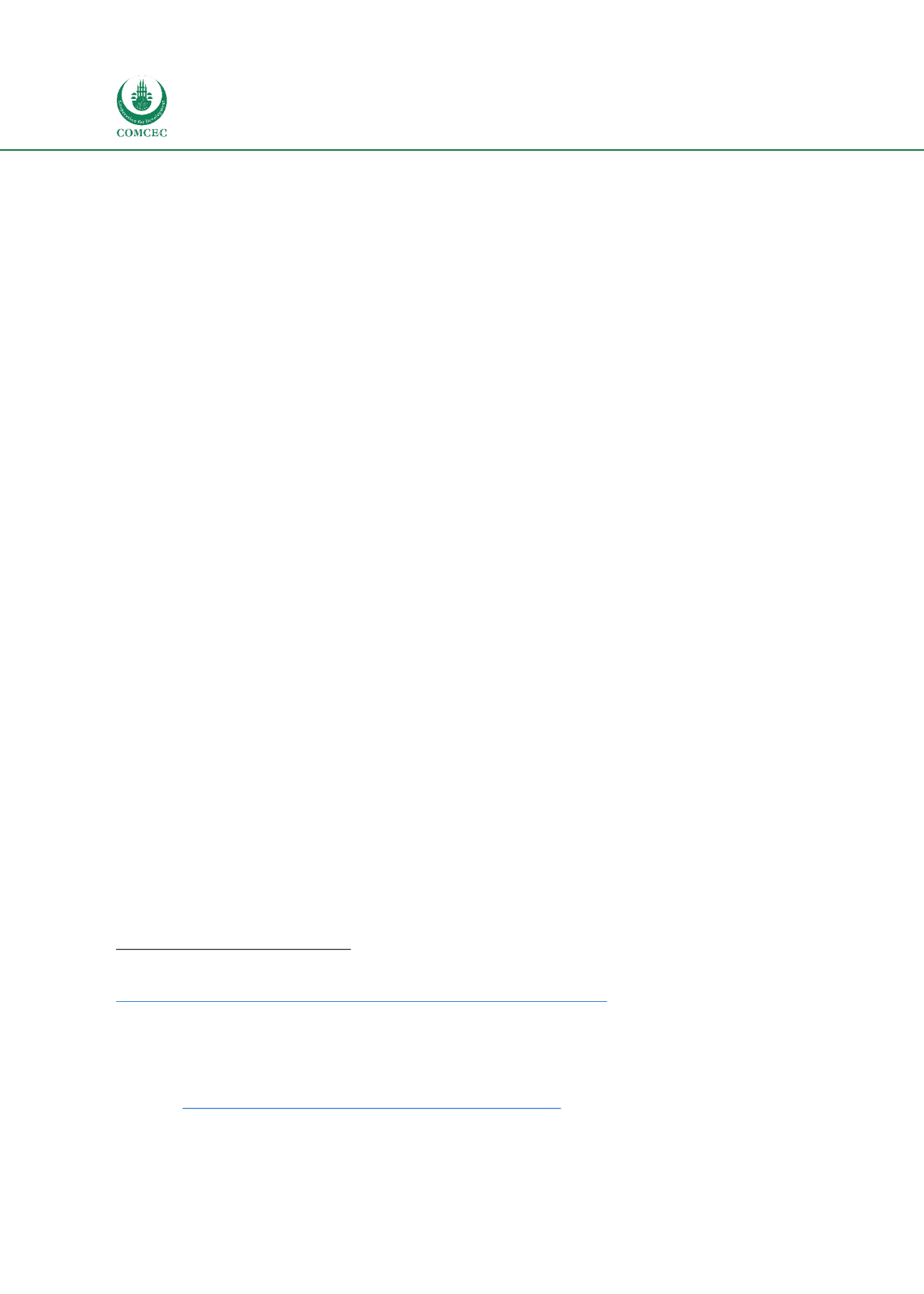

Improving Agricultural Market Performance
:
Creation and Development of Market Institutions
148
widespread and accessible for small-scale farmers. The situation for mangosteen is similar as
many (Asian) countries do not import Indonesian mangosteen due to the spread of ants.
457
Indonesian farmers do not have access to technology to eradicate the ants.
Developing Current Market Institution(s)
BULOG is the key current market institutions through which the Government of Indonesia
intervenes in the agricultural market. BULOG’s main intervention capacities concern price
administration and stockholding program while it lost its exclusive import and trade
monopoly. However, as demonstrated in section 5.4.3, BULOG’s operations bring along high
opportunity and budgetary costs and actually exacerbates undernourishment by driving prices
up to 60% higher compared to international prices.
458
Alternative policy instruments (e.g. food
vouchers and cash transfer may prove to be more effective in terms of reducing
undernourishment, addressing food security, and improving the agricultural market’s
performance.
Rather than focusing on rice price stabilization, price administration, and stockholding, it has
been suggested for BULOG to be re-structured operationally, thereby shifting its mandate to
managing emergency and urgent food reserves without much direct intervention in the rice
market.
459
BULOG would then take a more neutral position as enabler of an efficient rice
agricultural market.
5.4.5 Conclusions and Lessons Learned
Indonesia’s agricultural production is still concentrated on subsistence farming and the overall
agricultural productivity of small-scale farmers lags behind due to their geographical isolation
in combination with inadequate access to agricultural extension services, markets, and
credit.
460
This is further hampered by a poor distribution segment of the agricultural
marketing system, which can be directly attributed to the poor quantity and quality of
Indonesia’s infrastructure.
In short, Indonesia’s agricultural agenda continues to be set by several bottlenecks:
Improving Indonesia’s self-sufficiency with respect to basic food products and staple
foods (e.g. rice, beef, sugar, maize, corn, and soybeans);
461
Encouraging industrial competitiveness, value-addition,
462
and the downstream
processing of agricultural products within the country.
463
This is vital for the
agricultural sector as its exports remain concentrated around primary products;
457
Interview conducted with Indonesian Agency for Agricultural Research and Development in Jakarta, July 11, 2017
458
OECD (2015), Indonesia Policy Brief – Agriculture, available at
https://www.oecd.org/policy-briefs/indonesia-agriculture-improving-food-security.pdf[Accessed June 2017].
459
Ibid
460
IFAD (2015),
Investing in rural people in Indonesia
, pp. 20-25, IFAD: Rome.
461
FAO/INRA (2016),
Innovative markets for sustainable agriculture - How innovations in market institutions encourage
sustainable agriculture in developing countries
, p. 2, Rome: Food and Agriculture Organization of the United Nations and
Institut National de la Recherche Agronomique.
462
FAO (2003), “WTO Agreement on Agriculture: The Implementation Experience - Developing Country Case Studies,”
available a
t http://www.fao.org/docrep/005/y4632e/y4632e00.htm#Contents [Accessed June 2017].
463
FAO/INRA (2016),
Innovative markets for sustainable agriculture - How innovations in market institutions encourage
sustainable agriculture in developing countries
, p. 2, Rome: Food and Agriculture Organization of the United Nations and
Institut National de la Recherche Agronomique.


















